1、 Curing method
1. Temperature: it is mainly distributed in the south. It likes higher temperature. Too low temperature will reduce the yield of fruits and taste bad. Specifically, it's good to keep it at 20 to 30 degrees. Fruit trees are not resistant to cold, so we should pay a little attention in winter, especially in northern areas
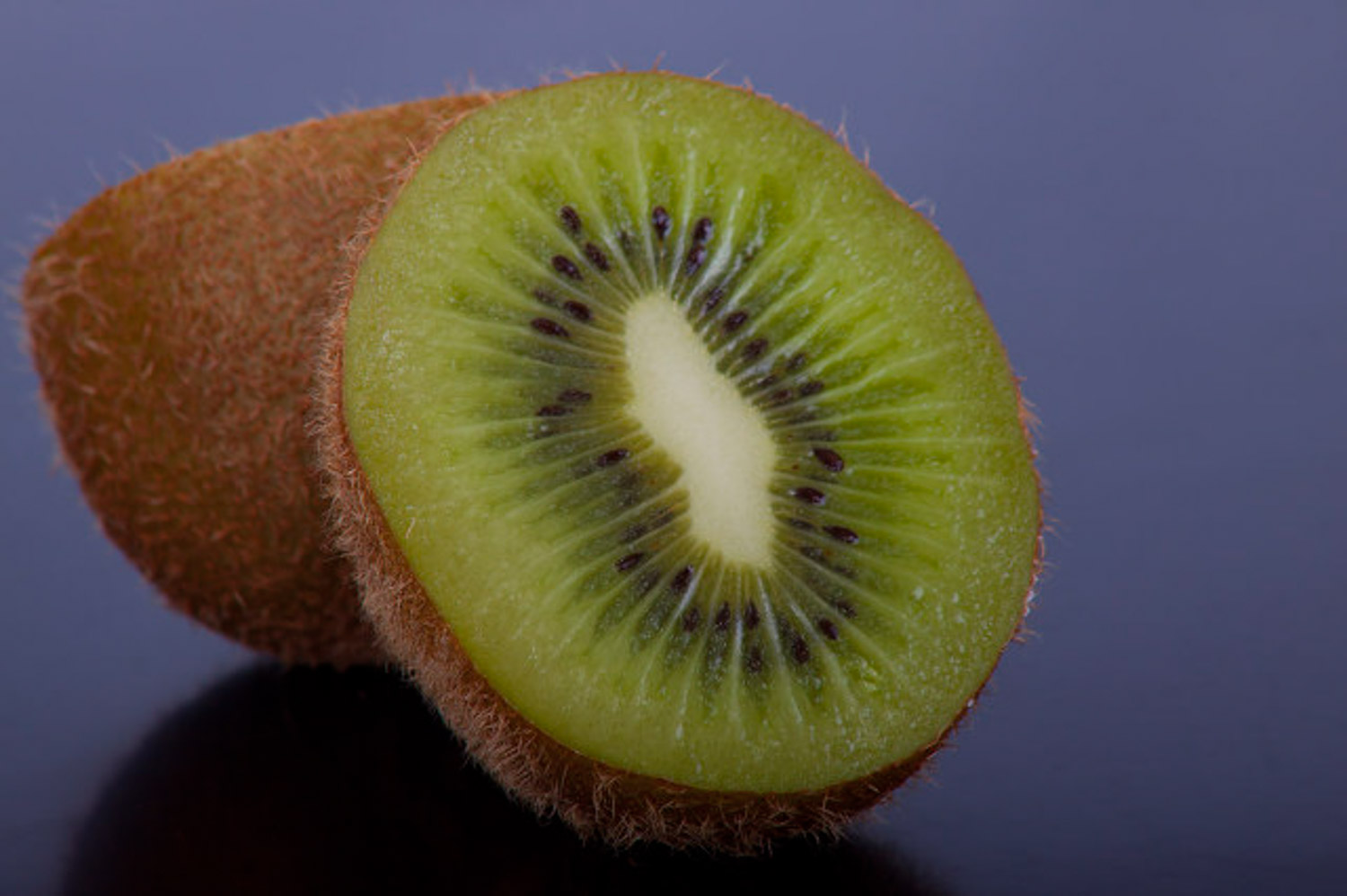
2. Light: Kiwi trees have high requirements for sunshine. Similarly, sufficient sunshine has a great impact on the yield and quality of fruits. In the flowering and fruiting period, it is particularly necessary to provide sufficient astigmatism irradiation, which is helpful to its flowering and fruit bearing. Only when you encounter very strong light, you need to cover it slightly
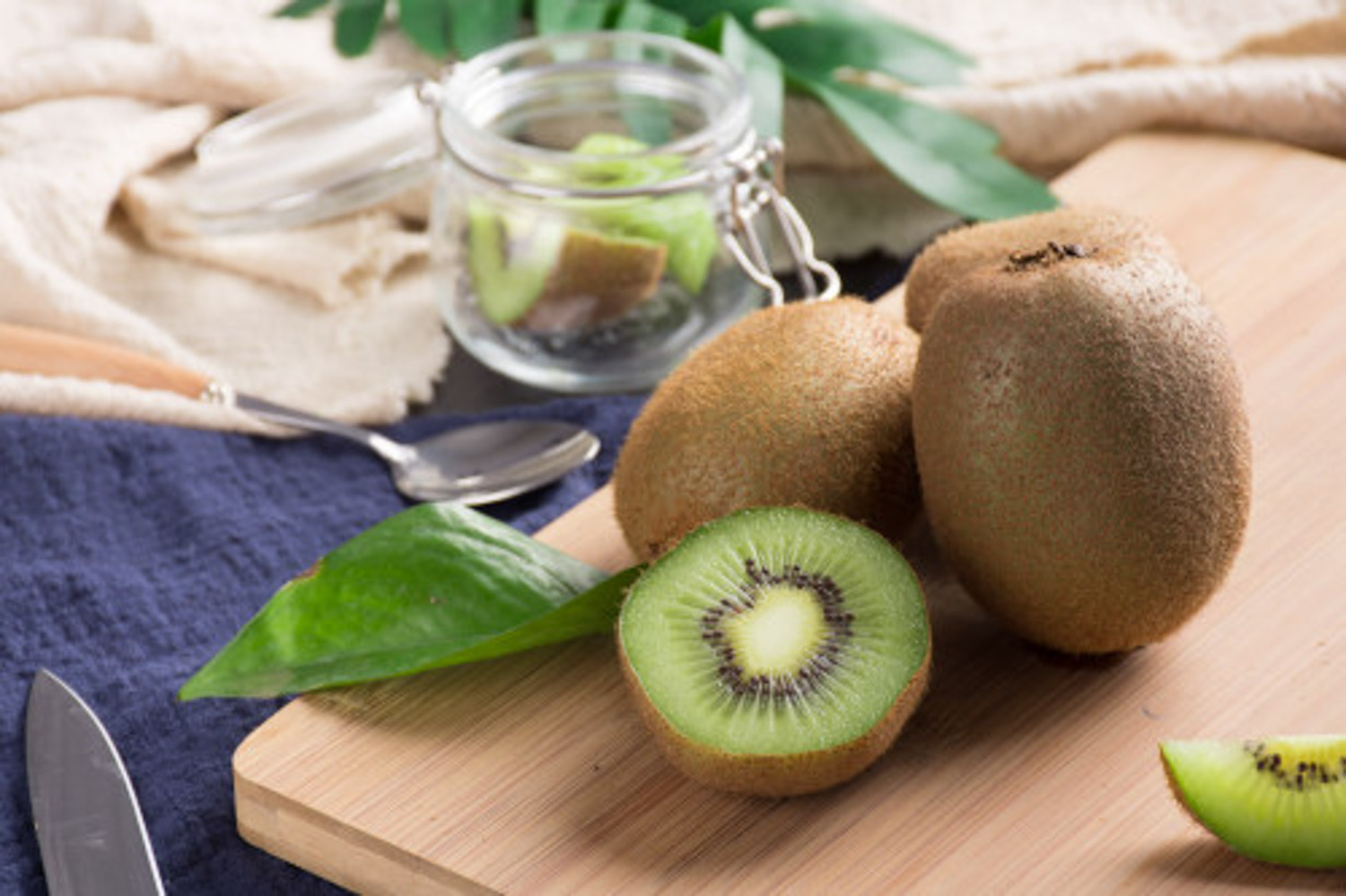
3. Watering: kiwifruit likes the environment with high humidity and has high requirements for moisture. Keep the substrate moist during rapid growth, flowering and fruiting. When watering, do not be very dry for a while and very wet for a while. A stable water supply has a great impact on the quality of fruits
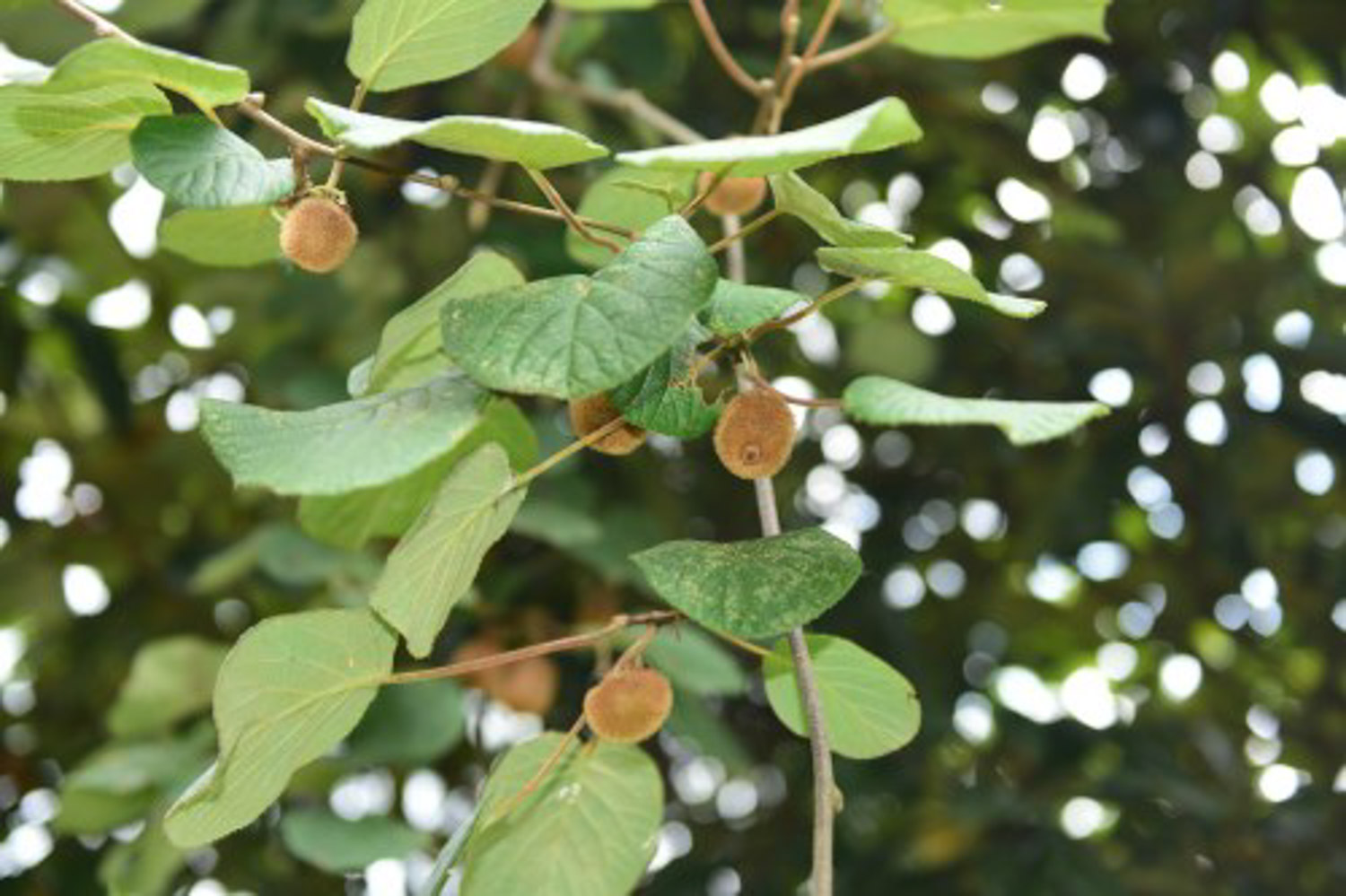
4. Fertilization: proper amount of fertilizer will also help the growth of kiwi fruit. Generally speaking, the number of fertilization is three times a year, and the topdressing is two times. Before entering winter, we have to apply winter fertilizer once more
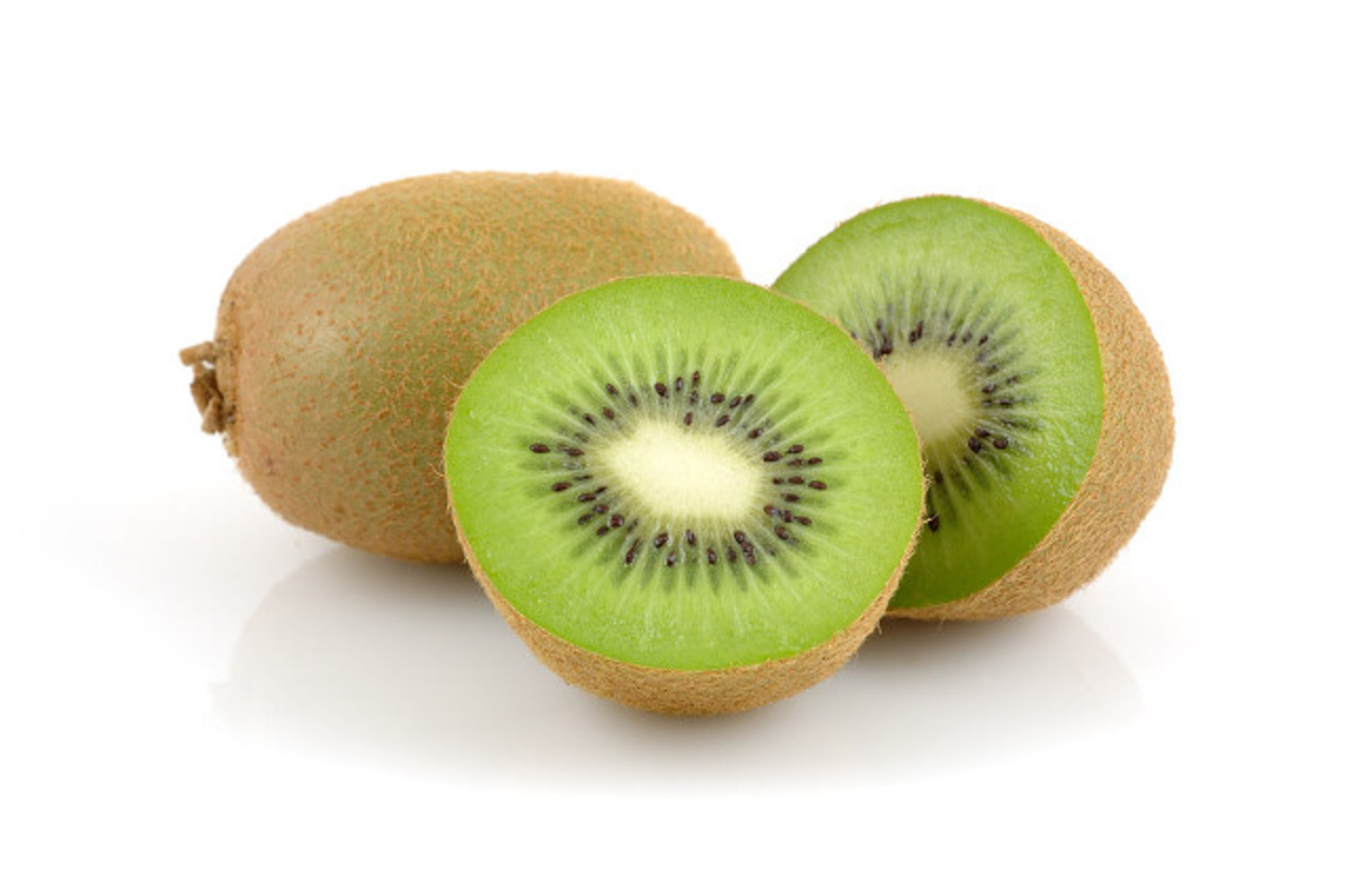
2、 Breeding skills
1. Reproduction: sowing is generally adopted. When selecting the planting site, the main factors to be considered are loose soil, close to water source, deep soil layer, etc., preferably sandy loam. Then, select high-quality seeds. After all the preparations are done, the seeds should be sown, and the plant spacing should not be too small
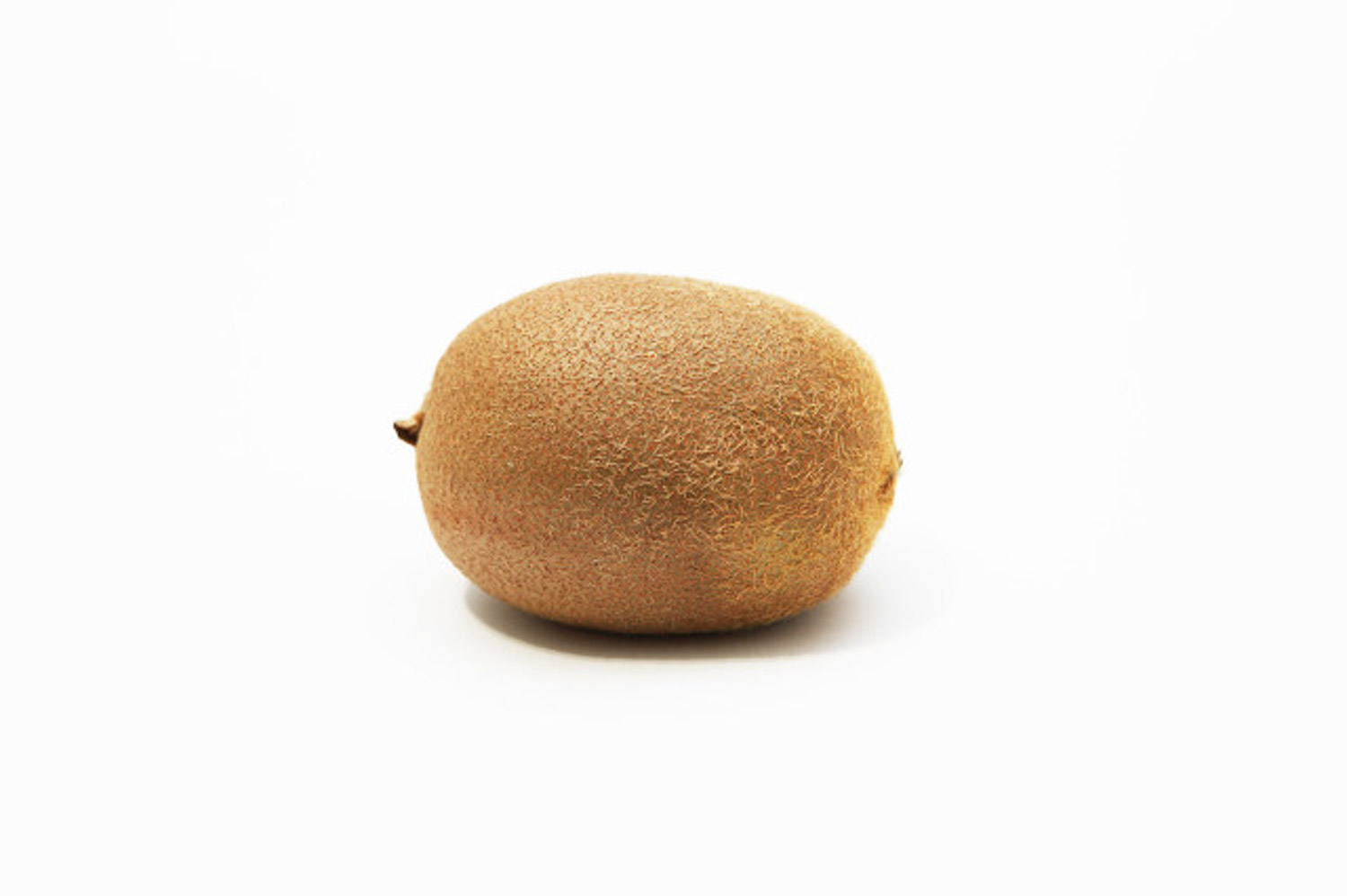
2. Pruning: this step is very important. If it is planted in that year, that is, a relatively small tree, the pruning is mainly to leave three buds at the base, and the method of light pruning is adopted. If it is an adult tree, it usually leaves four to five buds, and the bare branches need to be cut short
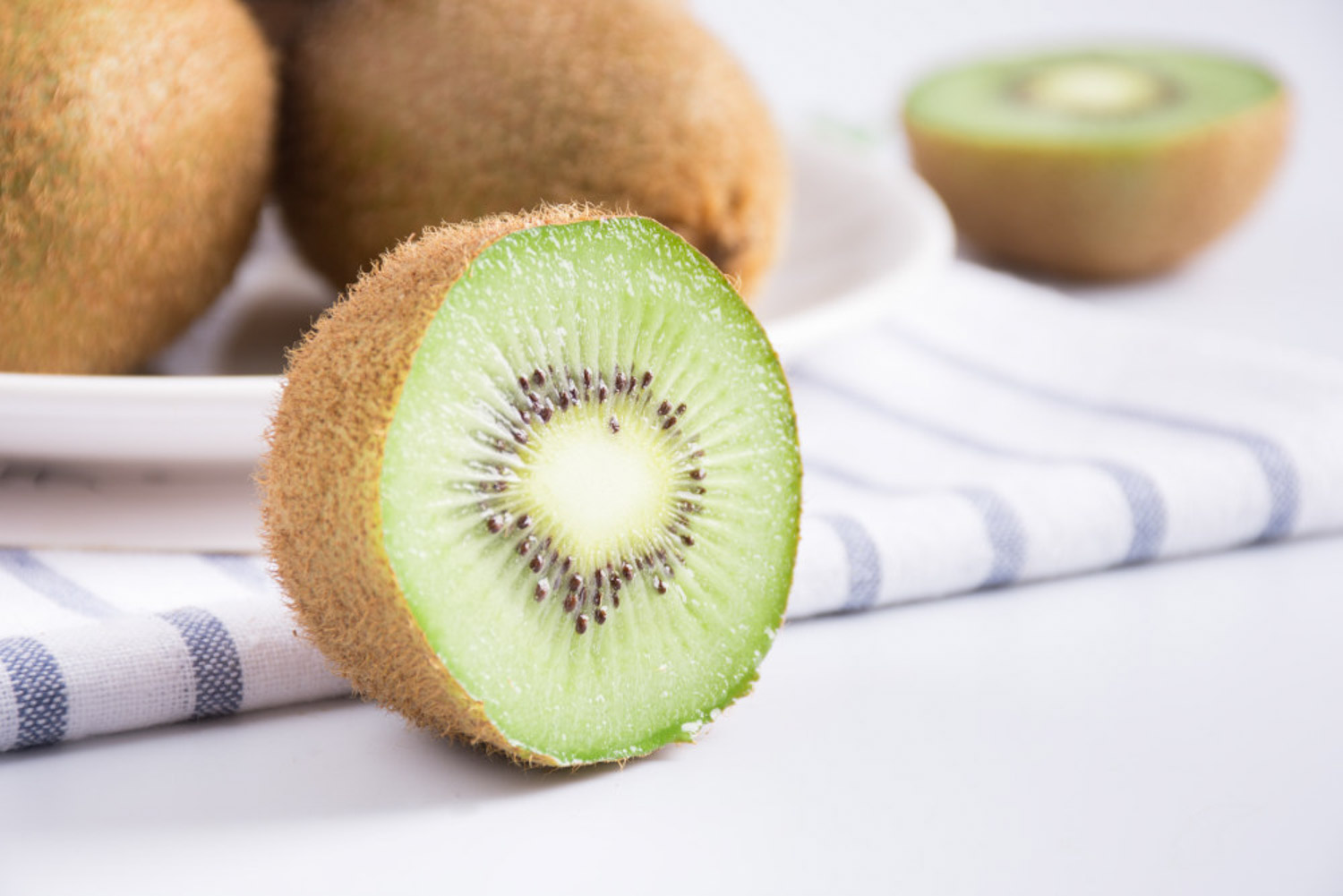
3、 Problem diagnosis and treatment
1. Diseases: there are many kinds of diseases, some of which will not only threaten stems and leaves, but also harm flowers and fruits, such as "sudden collapse disease", "bacterial wilt", etc. Carbendazim can be used for treatment. At the same time, fertilizer and water management must be strengthened
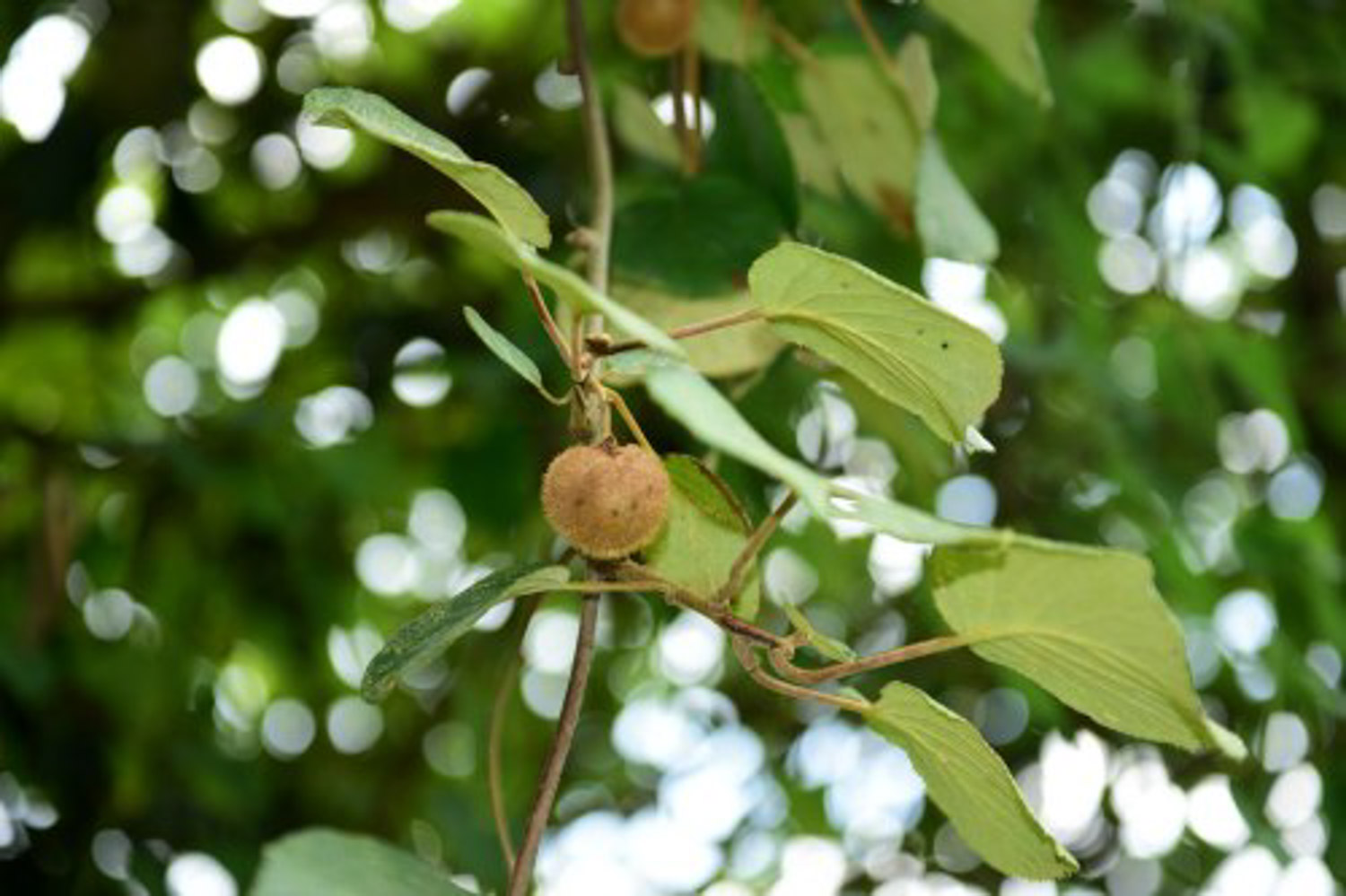
2. Insect pests: there are many kinds, such as "leaf cicada", "beetle", "shield scale", etc. They can be eliminated by carbofuran, etc
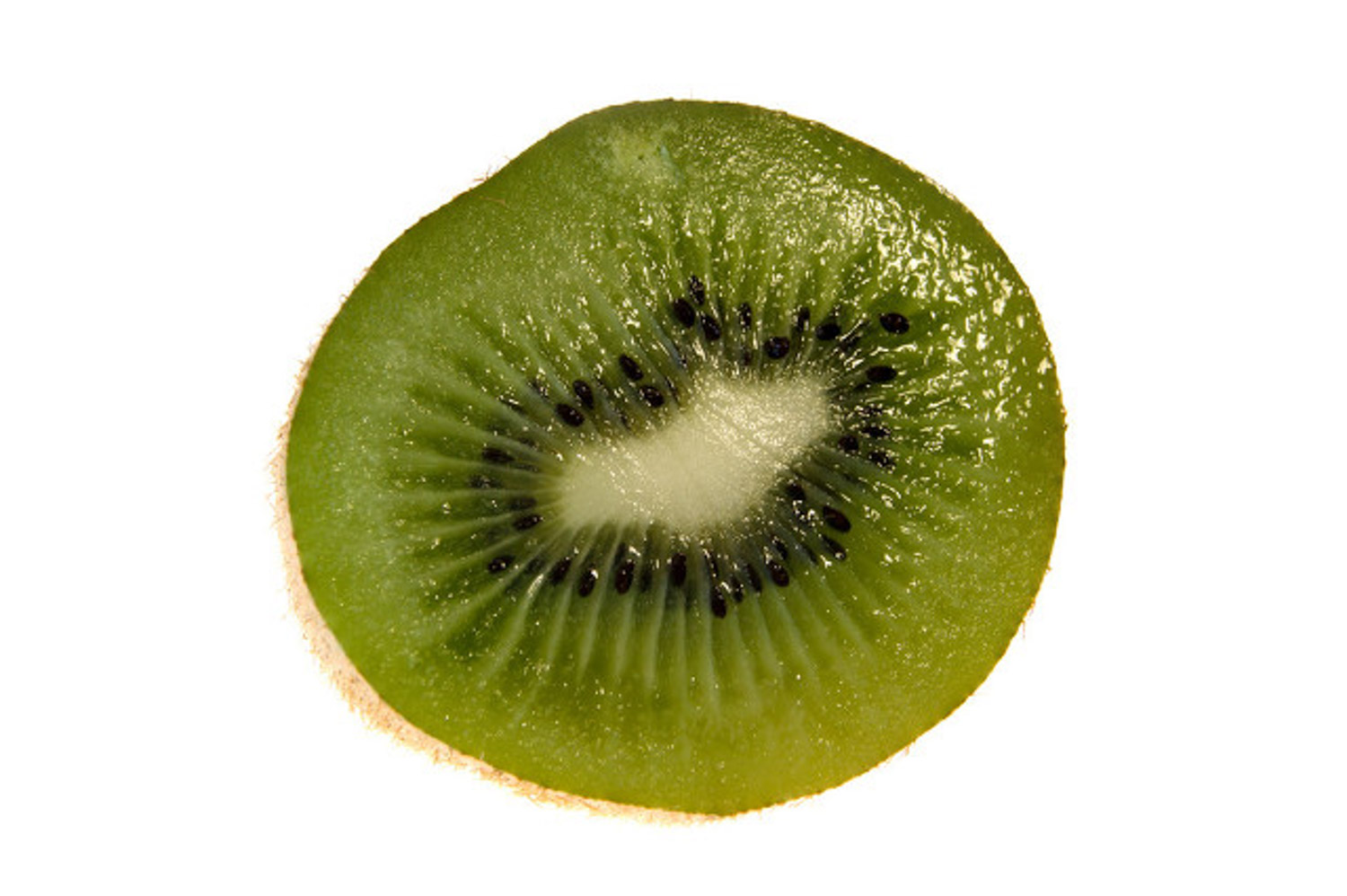
4、 Other issues
1. Toxicity: it is non-toxic and its fruit is a common fruit
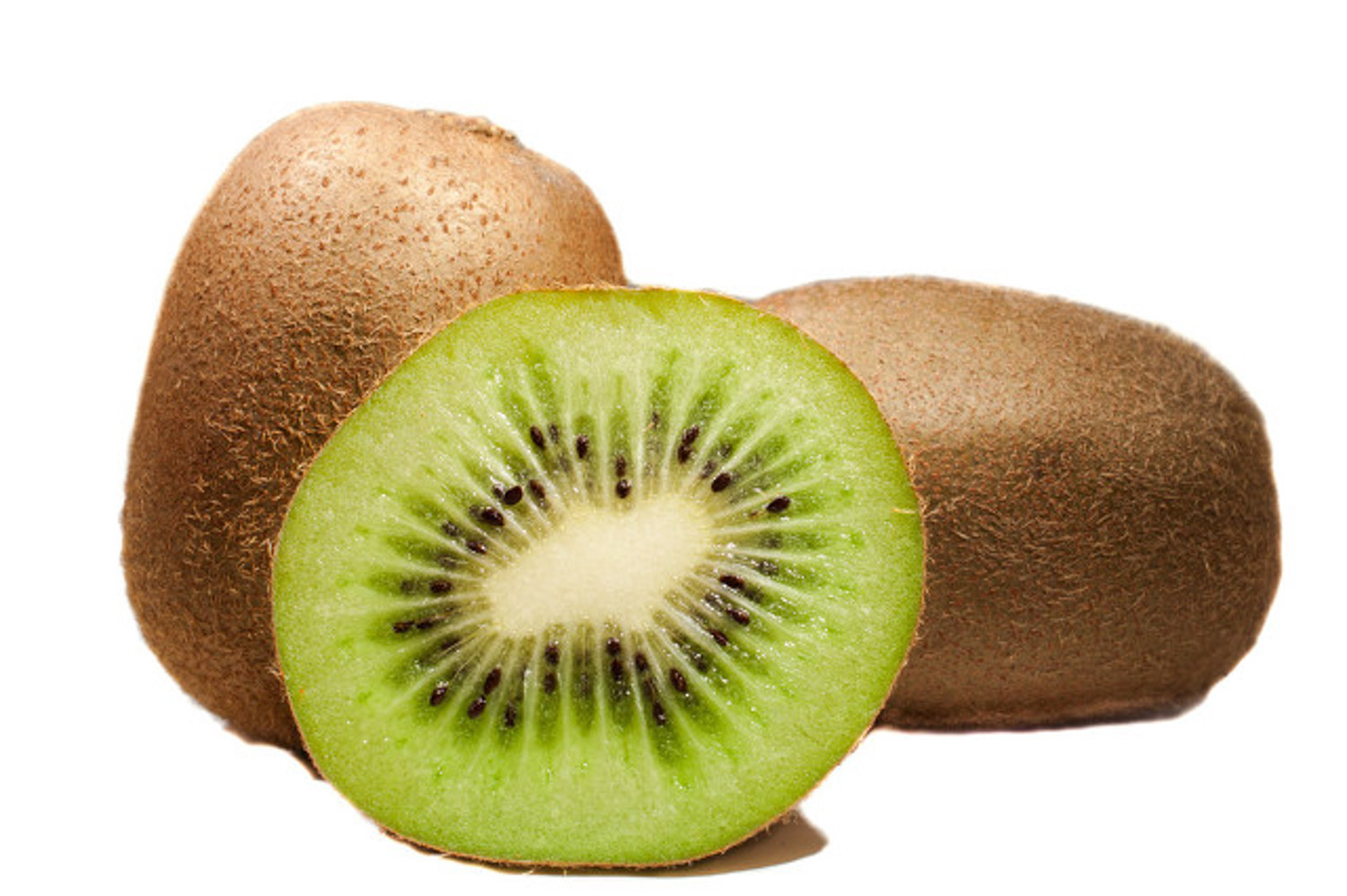
2. Whether it can be raised at home: very few. It is generally planted in large areas in orchards< a>
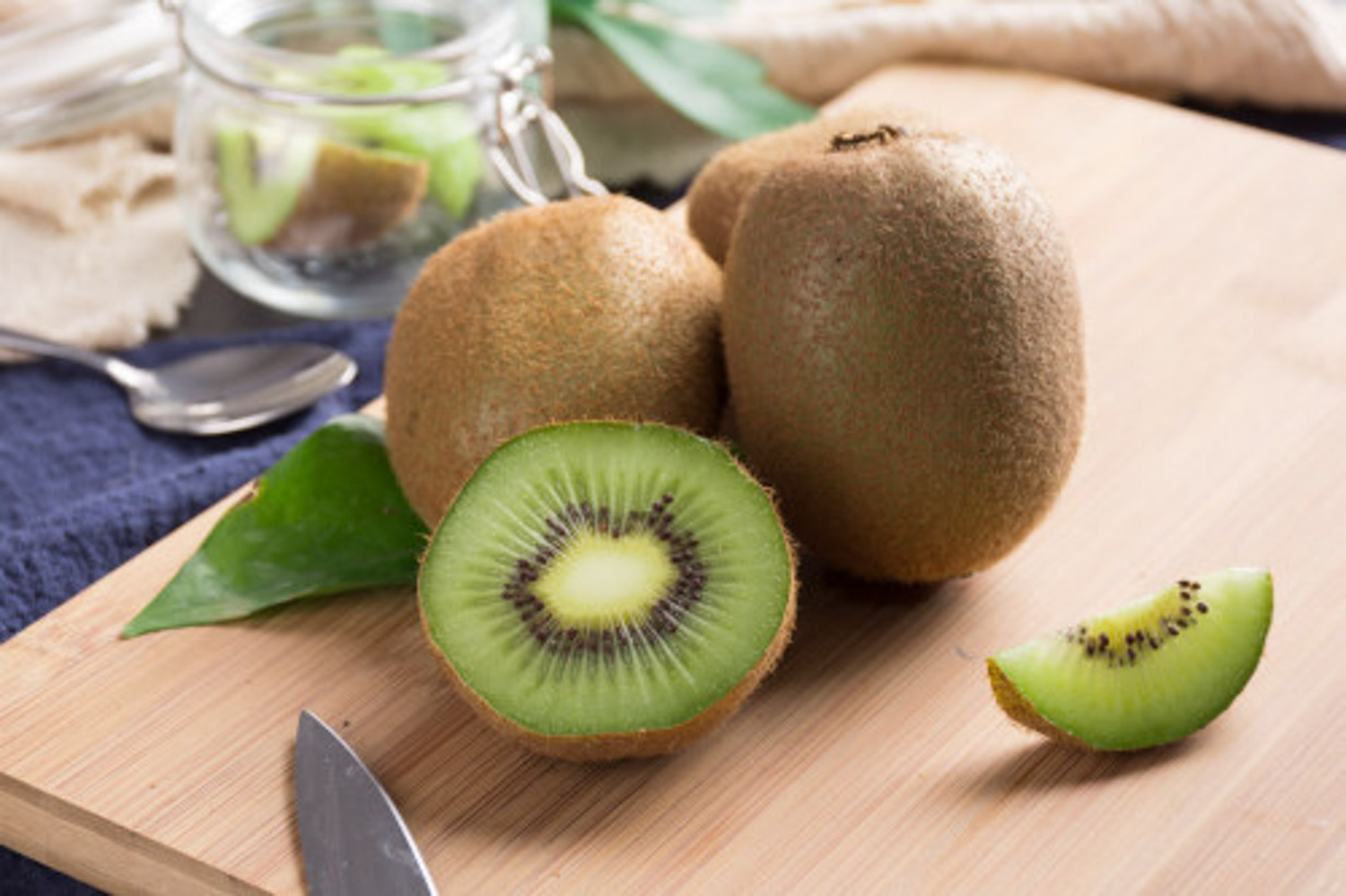

 how many times do yo...
how many times do yo... how many planted tre...
how many planted tre... how many pine trees ...
how many pine trees ... how many pecan trees...
how many pecan trees... how many plants comp...
how many plants comp... how many plants can ...
how many plants can ... how many plants and ...
how many plants and ... how many pepper plan...
how many pepper plan...































